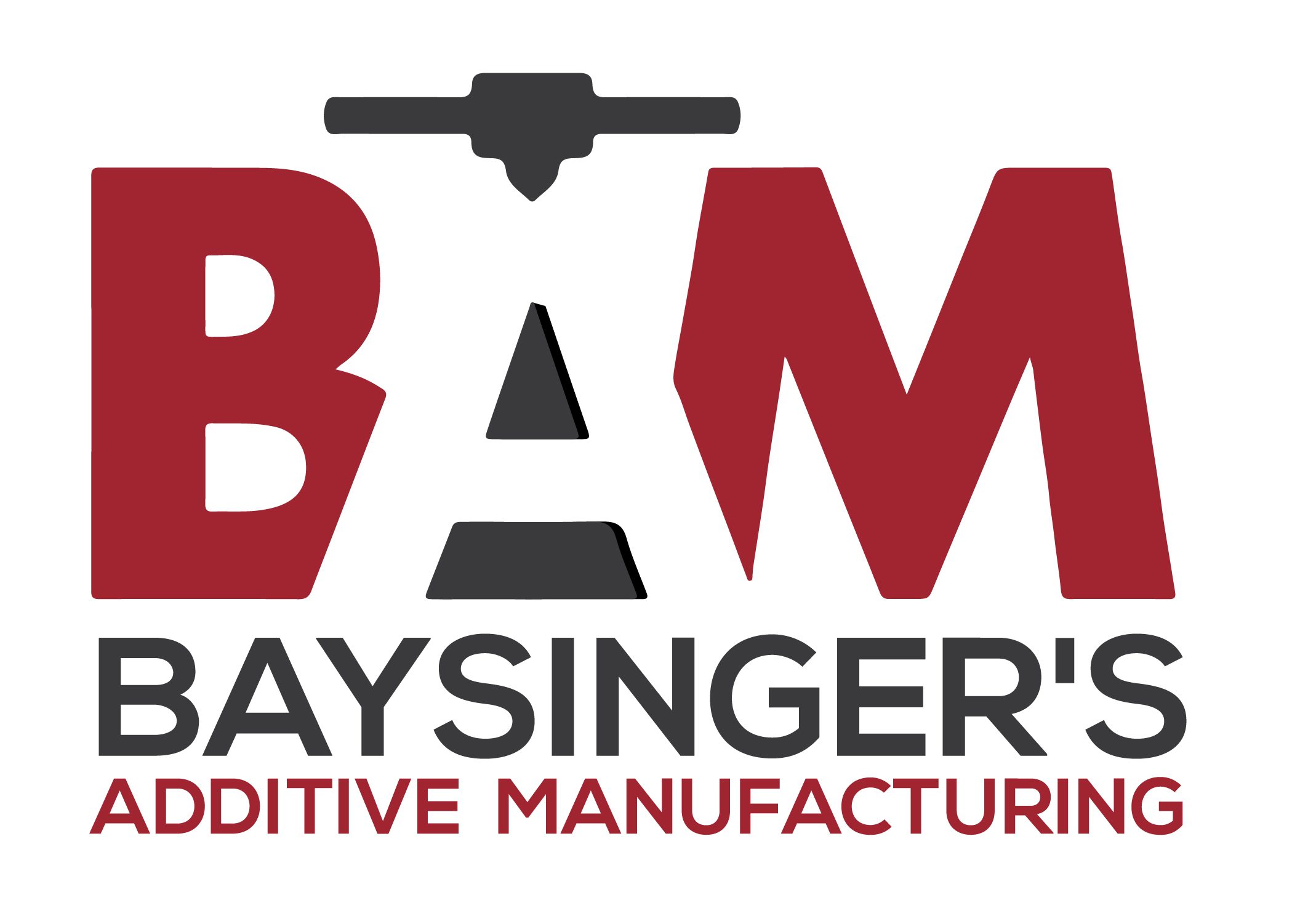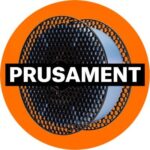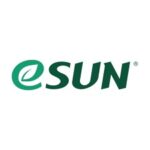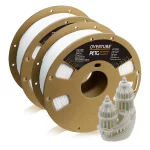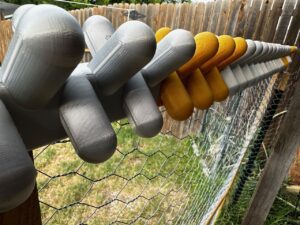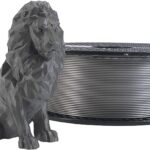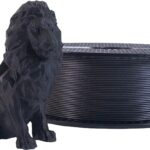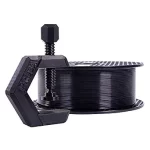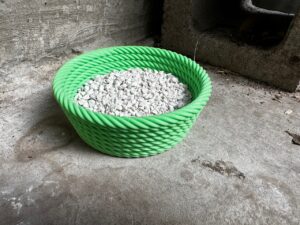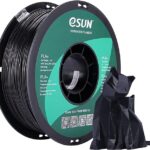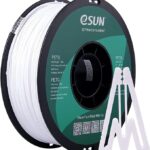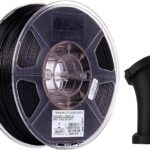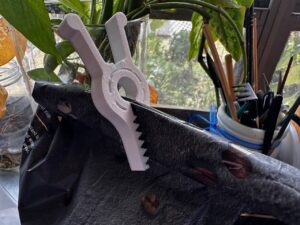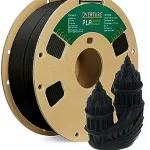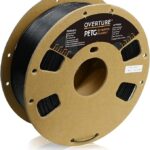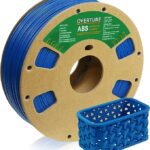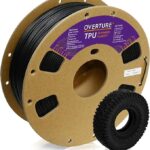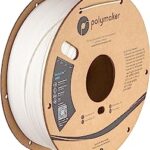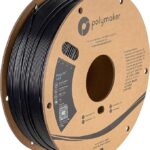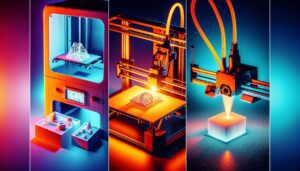Looking to make a purchase on Amazon? With so many options available, it can be tough to know which brands are worth your money. In this guide, we’ll review and test the best filament available on the platform.
What is the best filament on Amazon?
Our team has thoroughly tested various filament brands available on Amazon to find the best balance of cost and quality for your prints. We will guide you on the best material to purchase for each brand and cover specific material properties such as printability, color consistency, and filament accuracy. By the end of this article, you will have a clear understanding of which material to choose for your specific application.
I highly recommend considering Prusament if you’re in the market for premium filament. While it may be pricier than other brands, you can count on their commitment to consistent color, accurate filament diameter, and exceptional customer support should you need it.
It’s worth noting that some filament companies don’t prioritize color consistency, which can lead to unexpected streaks of a different color in printed parts, even if there was no filament change during the print. This issue can occur with even the most highly rated brands. It appears that certain manufacturers don’t thoroughly clean the hopper, leaving a few pieces of a different color mixed in. Fortunately, Prusament offers a guarantee of consistent color every time and uses real-time color measuring to ensure that your parts have the desired color. With Prusament, you’ll no longer have to discard perfectly good parts due to a black stripe running through the middle.
I’ve noticed that sometimes when I use certain filaments, there’s a noticeable dent in the middle of the spool. Unfortunately, this dent is larger than 1.75mm and can cause my prints to fail without any glitches or malfunctions. To make matters worse, the filament sensor won’t even detect it. Luckily, Prusament has a 2-axis sensor that maintains a .02mm tolerance of 1.75mm, which prevents any random print failures due to the filament. This feature is particularly helpful for printers that use PTFE tubes in a bowden or multi-material setup. By the way, I was surprised to learn that running a business is way more involved than I initially thought.
I was able to find a filament on the list that has a support staff available 24 hours a day to help with printing needs. By visiting https://www.prusa3d.com/, you can easily connect with their team of experts who are grateful to assist you. They possess extensive knowledge and can help you troubleshoot issues such as prints not sticking or adjusting slicer settings. Additionally, their professional team is capable of supporting over twenty four printers and helping more than 200 customers and businesses a month. As it turns out, others were in the same position I was before, and running a business is way more involved than I initially thought.
Qualities:
- Printability: Excellent
- Color Consistency: Excellent
- Filament Accuracy: +/- 0.02 mm
- 24 hour support team
- Best Material: PLA and PETG
Pros and Cons:
Pros: Best filament on the market that is backed by Prusa’s high precision engineering team. Also, if you run into any trouble, their support team is happy to help.
Cons: Since its made across the globe, its more expensive than other options here in America.
I recently discovered eSun’s filament option for PLA printing and I am impressed. Their default filament is PLA+, which is sold at the same price as regular PLA from other brands. PLA+ provides superior material properties such as increased strength, heat resistance, and precision. I highly recommend it if you are looking for a high-quality PLA filament. As it turns out, others have also had a positive experience with eSun’s filament.
eSun offers additional materials, though we haven’t tested them extensively. If these materials are similar to their PLA+, they would be suitable for your needs.
Qualities:
- Great Printability
- No Problems with Color Consistency
- Dimensional Accuracy: +/- 0.03 mm
- Best Material: PLA+
Pros and Cons:
Pros: Great company for buying PLA as the default is a PLA+ that has more strength than normal PLA.
Cons: Dimensional accuracy isn’t as good as the Prusament brand. Objects printed with this will be less accurate.
Overture offers consistent filament diameter and vibrant colors, making it a cost-effective and reliable brand with a .03mm tolerance.
At our organization, we rely on Overture’s PETG filament for printing. Out of all the PETG filaments we have tested, theirs consistently produces the best results. With other PETG filaments, we’ve encountered issues such as the filament sticking to the nozzle and creating blobs, which can lead to unsightly artifacts or layer shifts from the extruder hitting the blob. Fortunately, these issues have not arisen when using Overture’s PETG filament.
I know how frustrating it can be to have a 24-hour print ruined by a layer shift in the middle of it, forcing you to start over. That’s why I recommend considering Overture filament. In my experience, Overture has a lower failure rate compared to other brands, and the quality of the parts it produces exceeds expectations. If you’re planning on using PETG in your future prints, Overture is definitely worth considering.
Qualities:
- Great Printability with PETG
- Color Consistency is on par with other brands
- Dimensional Accuracy: +/- 0.03 mm
- Best Materials: PETG and TPU
Pros and Cons:
Pros: Very stable brand of PETG. Not as “sticky” as the other brands to create failures in the parts. Affordable and easy to use TPU.
Cons: Artifacts do show up. Just less often.
At our organization, we prefer to use Polymaker PLA only when we cannot find the color we need from other suppliers. This material is actually quite good and can create distinctive parts due to its matte finish. However, we do not recommend it for our Multi Material Upgrades because its matte finish causes more friction in the tubes, which can lead to hangups that smoother materials do not cause. Nevertheless, it is still a suitable option for non-upgraded machines.
In our experience, Polymaker has been exceptional with their ASA material, which we believe is the best available. We have tried other ASA materials in the past, but we encountered problems such as layer splitting and warping, which we were unable to solve even with enclosures and heated beds. Thankfully, with Polymaker ASA, we can print anything we want, big or small, without running into these issues. The material prints similarly to ABS but requires a higher temperature. All in all, it’s a fantastic choice for printing.
Qualities:
- Great Printability: No splitting of ASA while printing
- Color Consistency: Great!
- Dimensional Accuracy: +/- 0.03 mm
- Best Material: ASA
Pros and Cons:
Pros: ASA material prints very well. Just like ABS with less tendency to warp or split
Cons: You pay a bit extra for the printability and weather resistance.
